This personal genealogy blog challenge is to stimulate my own genealogy blogging efforts in 2014 – 2015 by focusing on a different kind of genealogical record each week. I wanted a challenge that reflected my own archival background as well as my own genealogy interests and there are probably lots of other records that I could have included. The challenge has an Australian focus but most of these records will be found just about anywhere in the genealogy world.
The 52 different types of genealogical records I finally decided on are listed in no particular order (each week will be a random surprise). Originally I planned to do this over 52 weeks in 2014 but soon realised that I have to factor in travel and illness so it is continuing into 2015 from Week 26.
Anyone is welcome to do all or part of this blogging challenge. Let me know if you are participating and I will put a link to your post under each week’s challenge.
Links to Weeks 1-25 are here. Week 26 School Records Week 27 Census Records Week 28 Tombstones Week 29 Military Records Week 30 Postcards Week 31 Photographs Week 32 Asylum Records
Week 33 Church Records
Within the broad category of church records there are lots of different kinds of records. For the purpose of this week’s blog post, I am only looking at church publications. This includes newsletters, magazines, journals, newspapers, yearbooks, church histories and so on. March is National Women’s History Month so I am going to focus on how church publications have helped me find out more about my great grandmother Elizabeth Price (nee Judge born Pollard).
I knew from family stories that the Price family were Baptists in Charters Towers. A search of the State Library of Queensland‘s catalogue revealed that the John Oxley Library held yearbooks which included the Charters Towers Baptist Church in Ryan Street. From the yearbooks for the period 1907-1913 I learnt that Mrs T Price was a deaconess and her husband Mr T (Thomas) Price was a deacon and treasurer and that they lived in Hodgkinson Street. Thomas was also the superintendent of the Ryan Street Sunday school.
This is not a lot of information but it did confirm the family stories of their involvement with the Charters Towers Baptist church. Note that Elizabeth was referred to by her husband’s name and that is common and often the reason why it is so hard to find information on individual women.
Trove can also be useful for confirming links to a particular church. When Thomas and Elizabeth’s daughter Clara died leaving a husband and two very young daughters, the funeral notice referred to the Baptist church and to Clara’s involvement with the WCTU (Women’s Christian Temperance Union).
When looking at funeral notices make sure you note all clues including membership of any organisations. Then see if there are any records still in existence for that organisation and you might be able to find even more information about them.
Looking for information in Trove on Mrs Price and Charters Towers returned too many hits so I simply searched on the Ryan Street Baptist church and used the date filters for the time that I knew she was definitely there. This returned a number of hits that proved that Elizabeth was very active in church activities.
Lots of women’s names are usually given in these church social reports but usually as Mrs or Miss so it might be had to identify for certain some women with common surnames in major church denominations. Sometimes only an initial is given and it might be her husband’s initial, not her own initial. So do multiple searches.
The Australian Women’s Register can be useful in locating information on women church workers or women’s church groups and organisations.
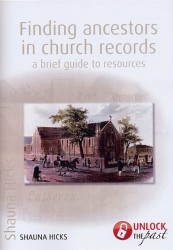 My fascination with church publications led to my research guide Finding ancestors in church records: a brief guide to resources published by Unlock the Past. I found even more information on some of my male relatives but that’s a story for another day.
My fascination with church publications led to my research guide Finding ancestors in church records: a brief guide to resources published by Unlock the Past. I found even more information on some of my male relatives but that’s a story for another day.
Enjoy National Women’s History Month and have a look at some church publications. Or search for a female relative in Trove and the church you think she might have attended. There were fetes, socials, picnics and other activities regularly reported in the newspapers.
You never know what you might discover on your female ancestors.
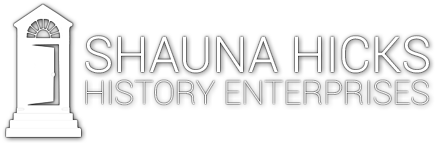
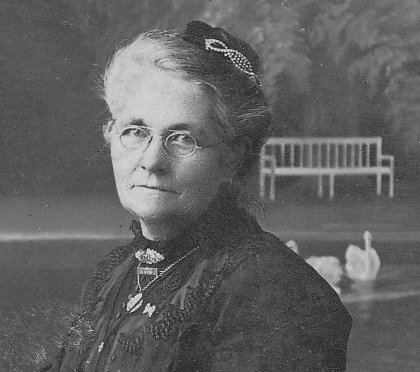
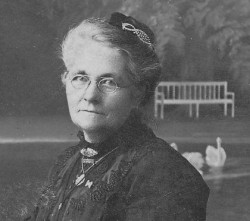
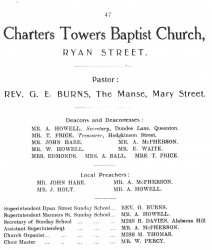
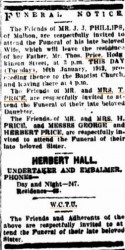
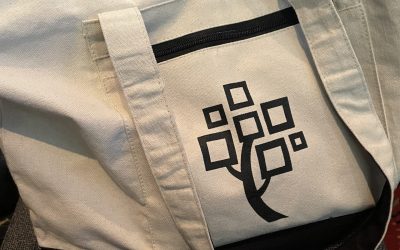
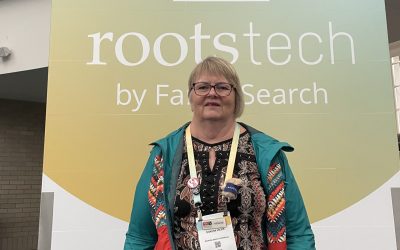
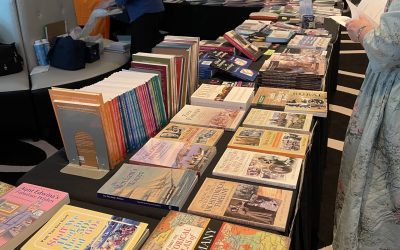
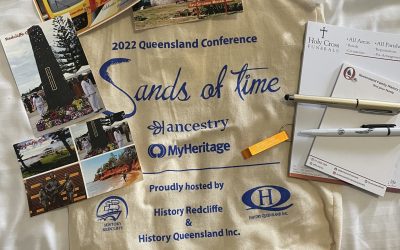
0 Comments